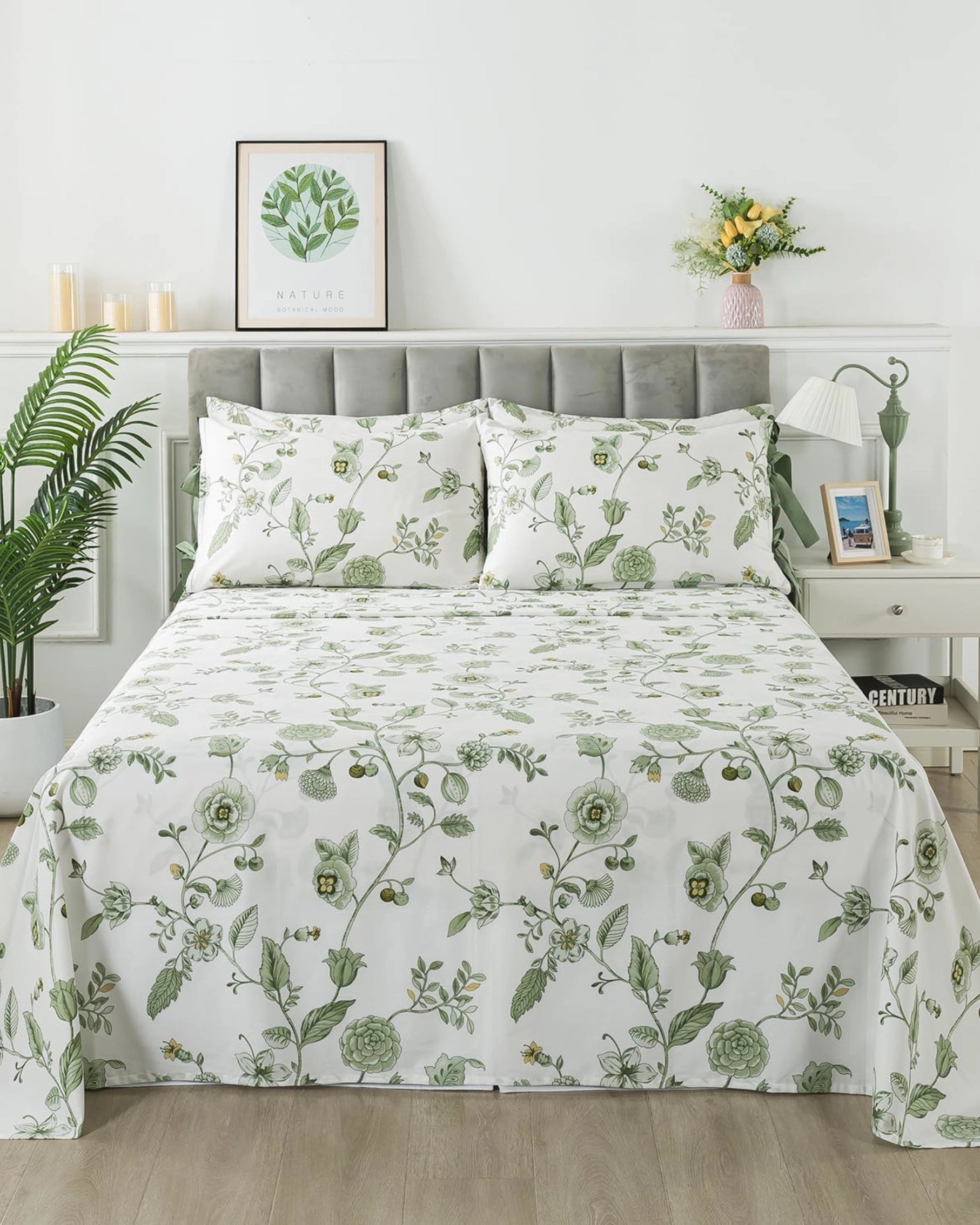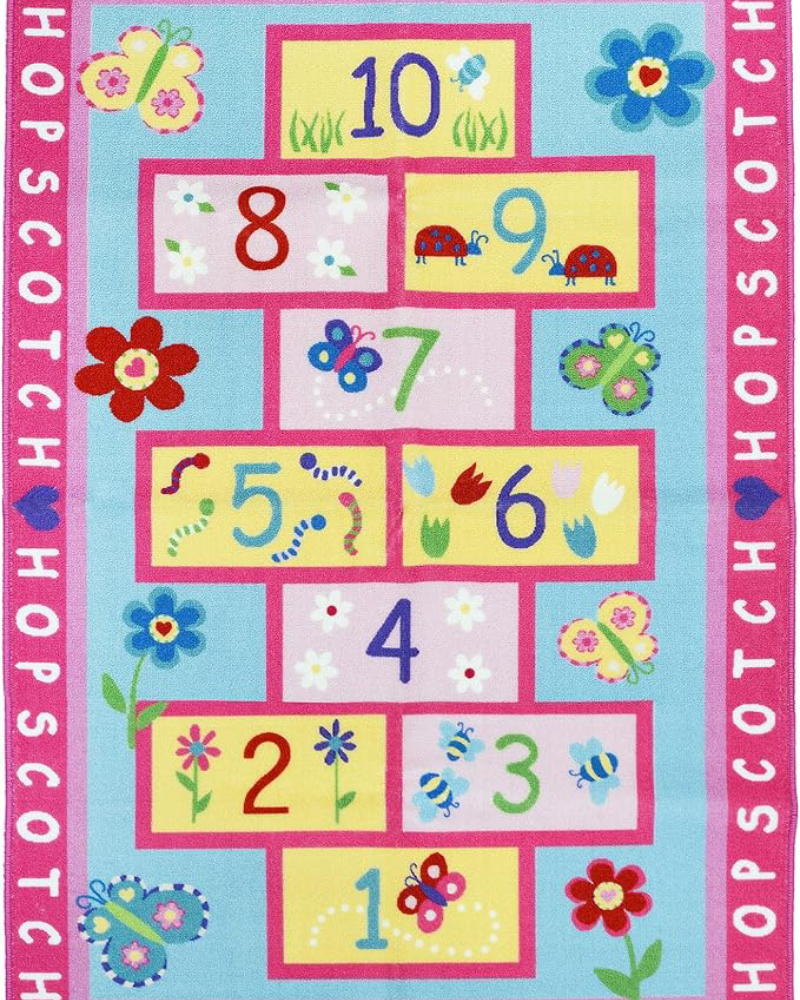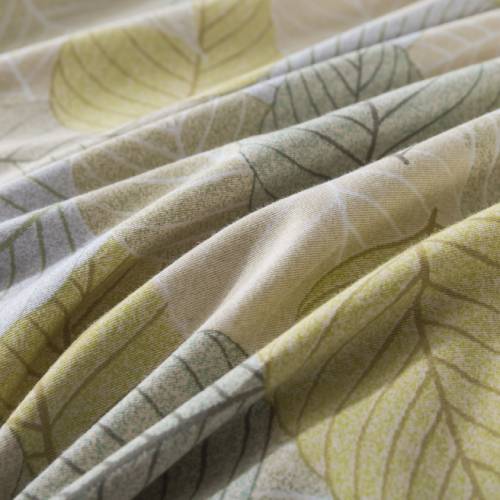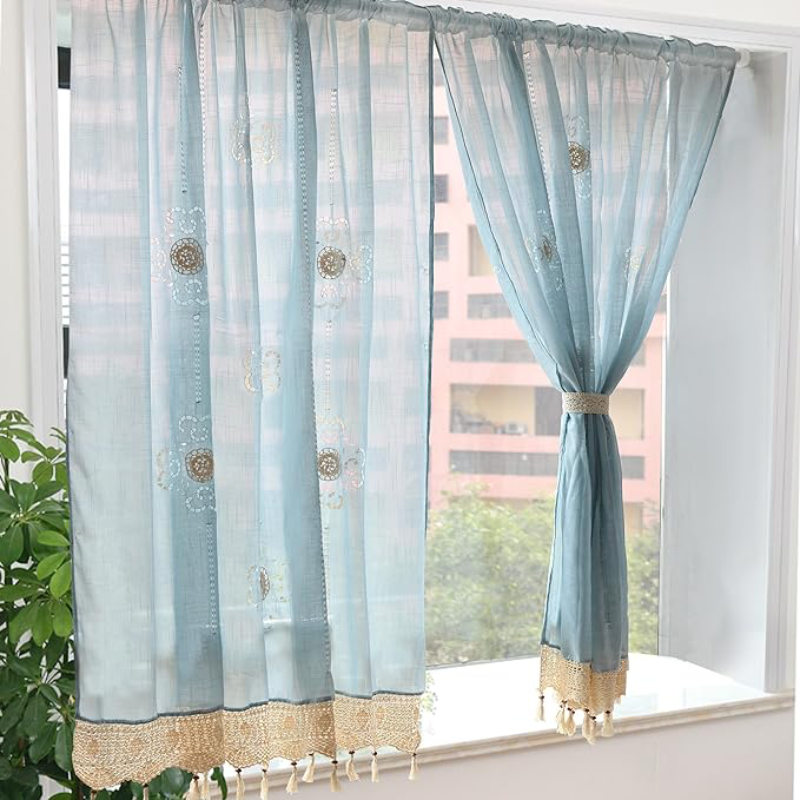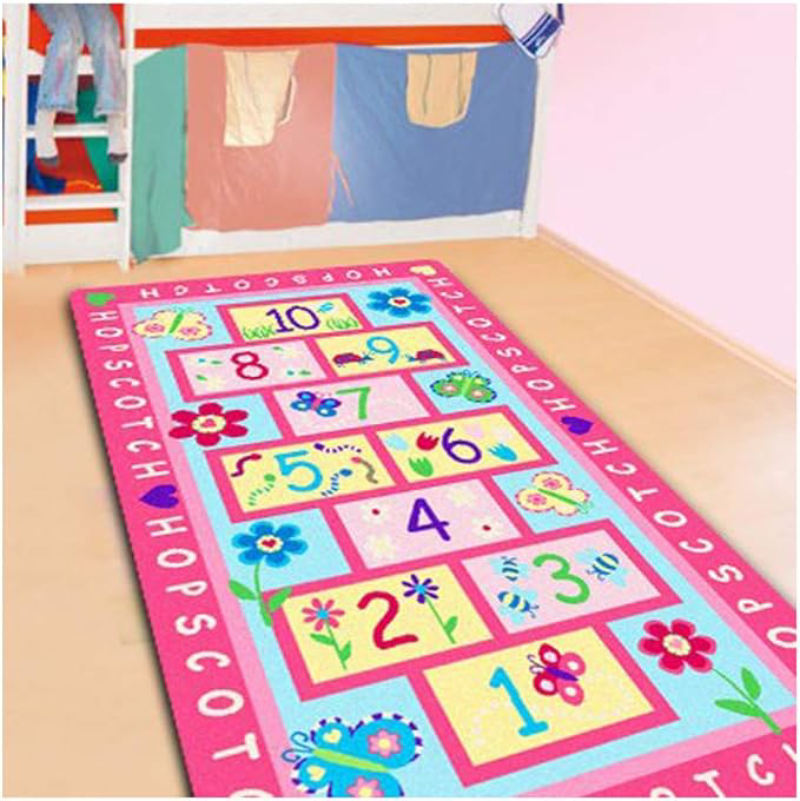Cotton has been a beloved textile for thousands of years, and for good reason. This natural fiber is harvested from the seedpods of cotton plants, bringing with it a legacy of comfort and breathability.In contrast, polyester is a man-made fiber developed in the 1940s. Created through a chemical process using petroleum products, polyester brings its own set of characteristics to the bedding world.
Cotton Bedding vs. Polyester Bedding
Cotton and polyester are two of the most prevalent fibers in the textile industry, each with distinct characteristics that cater to different needs and preferences.Here’s a comparison between cotton bedding and polyester bedding to help you quickly understand the differences between the two.
|
Category |
Cotton Bedding |
Polyester Bedding |
|
Comfort Level |
🌟🌟🌟🌟🌟 Extremely soft, breathable, and comfortable against skin |
🌟🌟🌟 Less soft, can feel synthetic and less breathable |
|
Temperature Regulation |
🌡️ Excellent - naturally breathable, keeps you cool in summer and warm in winter |
🌡️ Poor - tends to trap heat, less adaptive to body temperature |
|
Moisture Wicking |
💧 High absorption, can feel damp and slow to dry |
💧 Repels moisture, dries quickly but can feel clammy |
|
Durability |
💪 Moderate - softens with use, may wear thin over time |
💪🌟🌟🌟🌟 Highly durable, resists wear and tear |
|
Wrinkle Resistance |
🧺 Prone to wrinkling, requires more careful maintenance |
🧺 Excellent wrinkle resistance, easier to care for |
|
Hypoallergenic Properties |
🌿 Naturally hypoallergenic, good for sensitive skin |
🌿 Less hypoallergenic, may cause skin irritation |
|
Environmental Impact |
🌍 Biodegradable, but high water and pesticide use in cultivation |
🌍 Less biodegradable, made from petroleum products |
|
Price Range |
💰💰 Moderate to high |
💰 Generally more affordable |
|
Maintenance |
🧼 Requires careful washing, can shrink, needs gentle care |
🧼 Easy to wash, quick-drying, maintains shape |
|
Best Suited For |
|
|
|
Climate |
Breathable, good for varied temperatures |
Better in controlled environments |
|
Skin Type |
Sensitive skin, those preferring natural fibers |
Those prioritizing durability and low maintenance |
|
Sleep Preferences |
Those who value softness and natural feel |
Those who want minimal wrinkles and easy care |
Consider your personal preferences, climate, and specific needs when choosing between cotton and polyester bedding. Many people find that a blend provides the optimal balance of comfort and practicality.
Polyester&Cotton Blend Compositions
50% Cotton 50% Polyester Blend
Commonly used for everyday casual wear and bedding, this blend offers a good balance of softness and durability, while being affordable and easy to care for.
60% Polyester 40% Cotton Blend
Commonly used for athletic and workwear, this blend provides enhanced durability, quick drying, and improved wrinkle resistance.
65% Polyester 35% Cotton Blend
Commonly used for uniforms, this blend offers excellent durability, shape retention, and reduced wrinkling.
80% Cotton 20% Polyester Blend
Commonly used for casual wear and bedding, this blend prioritizes cotton’s breathability with added durability.
90% Cotton 10% Polyester Blend
Commonly used for premium wear, this blend delivers maximum softness and breathability, closely mimicking pure cotton.

Polyester and Cotton Blend Compared to Pure Fabrics
Environmental Considerations
Cotton production is water-intensive, requiring up to 20,000 liters of water per kilogram. Traditional farming relies heavily on pesticides and chemical fertilizers, causing soil and water pollution. While organic and sustainable practices are emerging, conventional cotton remains environmentally problematic.
Derived from non-renewable petroleum, polyester generates significant carbon emissions during production. It is non-biodegradable, potentially taking hundreds of years to decompose. Polyester garments release microplastics when washed, contributing to ocean pollution. Recycled polyester offers a more sustainable alternative by reusing existing plastic materials.
Both cotton and polyester have significant environmental drawbacks. If you're looking for more sustainable natural fibers, explore our article on Hemp vs Linen: Choosing the Best Eco-Friendly Natural Fiber for Bedding.
Which Bedding is Best: 100% Cotton, Polyester, or a Blend?
When choosing bedding, 100% cotton, polyester, or a cotton-polyester blend are common options. While polyester blends are durable and easy to care for, 100% cotton is preferred for comfort and breathability.
FADFAY bedding features 100% Egyptian cotton with a thread count of up to 600, offering a comfortable and durable sleep experience.


